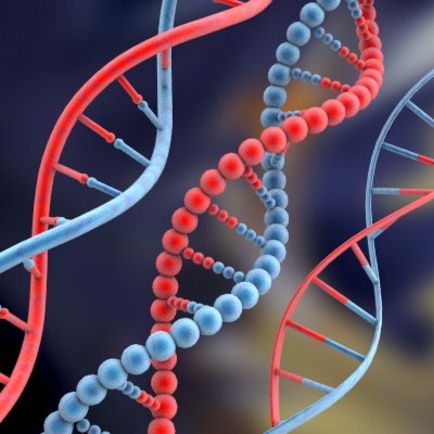I am baffled as to why some people are so offended by the term 'junk DNA.' The colleagues I work with don't find the subject that mysterious or controversial. Some scientists such as Francis Collins make baffling statements about junk DNA that few of my colleagues at our Center for Genome Sciences would agree with. (Many of the things Collins says make my colleagues groan and roll their eyes.)
And some religious people have latched on to the strange notion that there can't be any non-functional DNA in our genomes, because God wouldn't be so wasteful.
Vertebrate genomes are full of junk. Despite the occasional confusing magazine article, the spurious claims by creationists, or obfuscatory statements by some scientists, we know that our genomes are stuffed full of DNA sequence that serves no functional role for the organism. The vast bulk of this junk sequence consists of molecular parasites, called transposable elements, whose only 'function' is to replicate themselves. While our genomes obviously contain critical information required to build and maintain ourselves, they are also vast ecosystems of virus-like parasites that have colonized our DNA.
How does a cell process information? Unlike computers, with CPUs to carry out calculations, and animals, which have brains that process sensory information, cells have no centralized device for processing the many internal and external signals with which they are constantly bombarded. And yet they somehow manage just fine. The single-celled brewers's yeast, for example, can know what kind of food source is available, tell when it's hot or cold, and even find a mate.
One key way that cells sense and respond to their environment is via genetic circuits.
What has the ENOCODE project done, and how do their results change our understanding of the human genome? In
Time to Rethink the Gene? I put this project into perspective by briefly outlining some past concepts of the gene and highlighting some of the ENCODE findings.
Now it's time to take a closer look at the results of the ENCODE project and their significance for our understanding of the human genome.
ENCODE's genome snapshot is unquestionably fascinating, and it suggests that some features of genome regulation that were previously viewed as exceptions to the norm are really quite common. But are these results revolutionary?
After the tremendous discoveries in basic biology of the last 100 years, you might think that we would understand by now what a gene is. But the big news in genome biology this week is the
publication of the results of the
ENCODE project, a large scale
experimental (as opposed to just computational) survey of the human genome. The leaders of the ENCODE project suggest that we need to, yet again, rethink just what exactly a gene is.
Genome-wide association studies (GWAs) have received a lot of media attention in the last several months as various research groups have released over a half-dozen such studies, all focused on some of the most widespread Western diseases, including heart disease, type II diabetes, and breast cancer.
 Melville on Science vs. Creation Myth
Melville on Science vs. Creation Myth Non-coding DNA Function... Surprising?
Non-coding DNA Function... Surprising? Yep, This Should Get You Fired
Yep, This Should Get You Fired No, There Are No Alien Bar Codes In Our Genomes
No, There Are No Alien Bar Codes In Our Genomes









